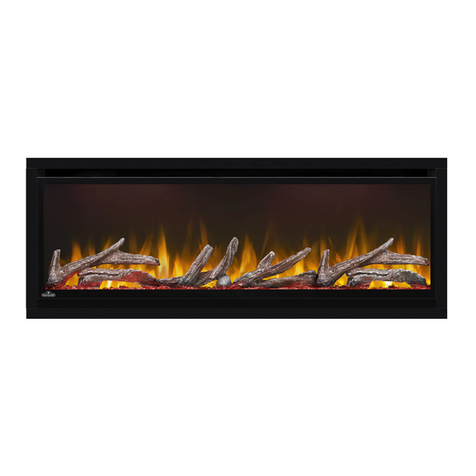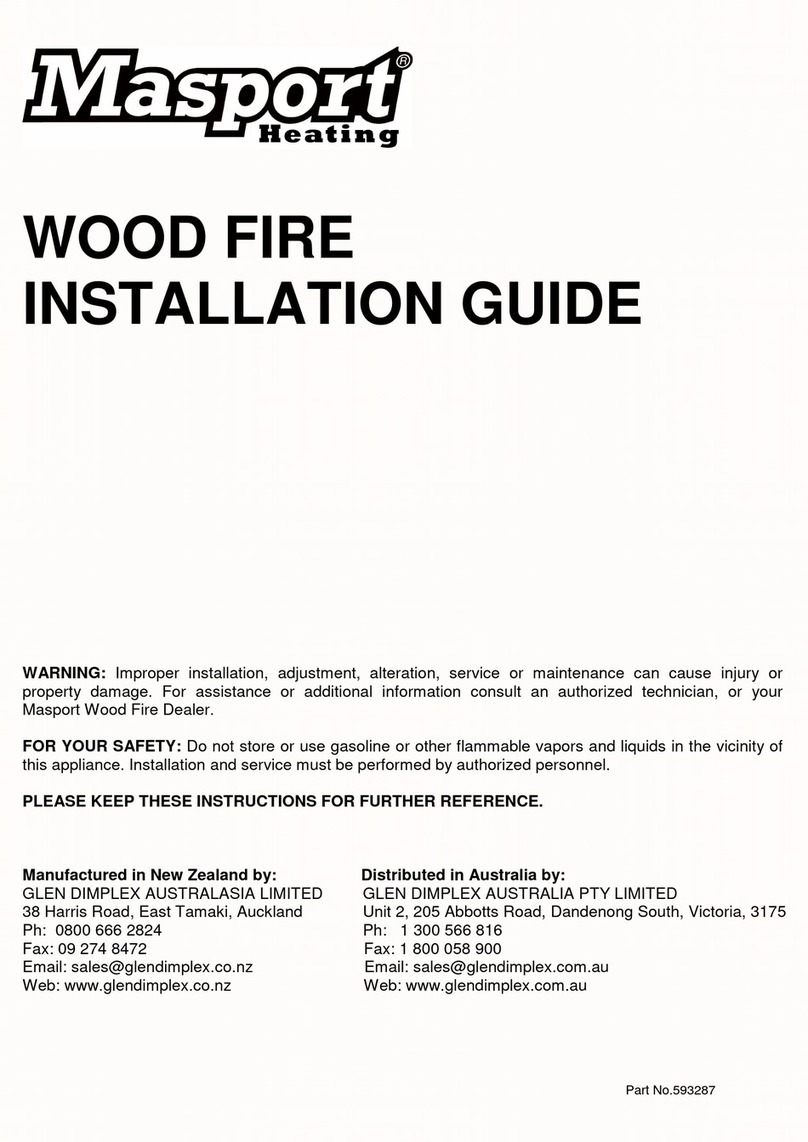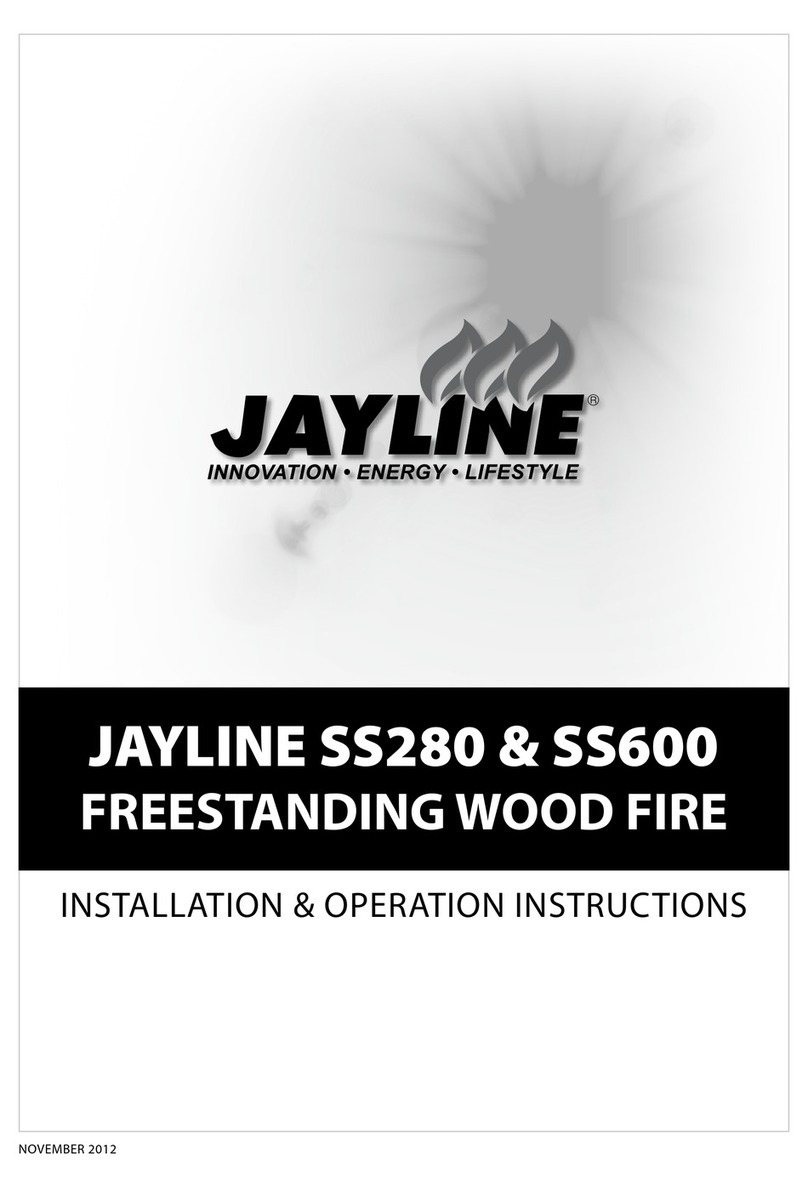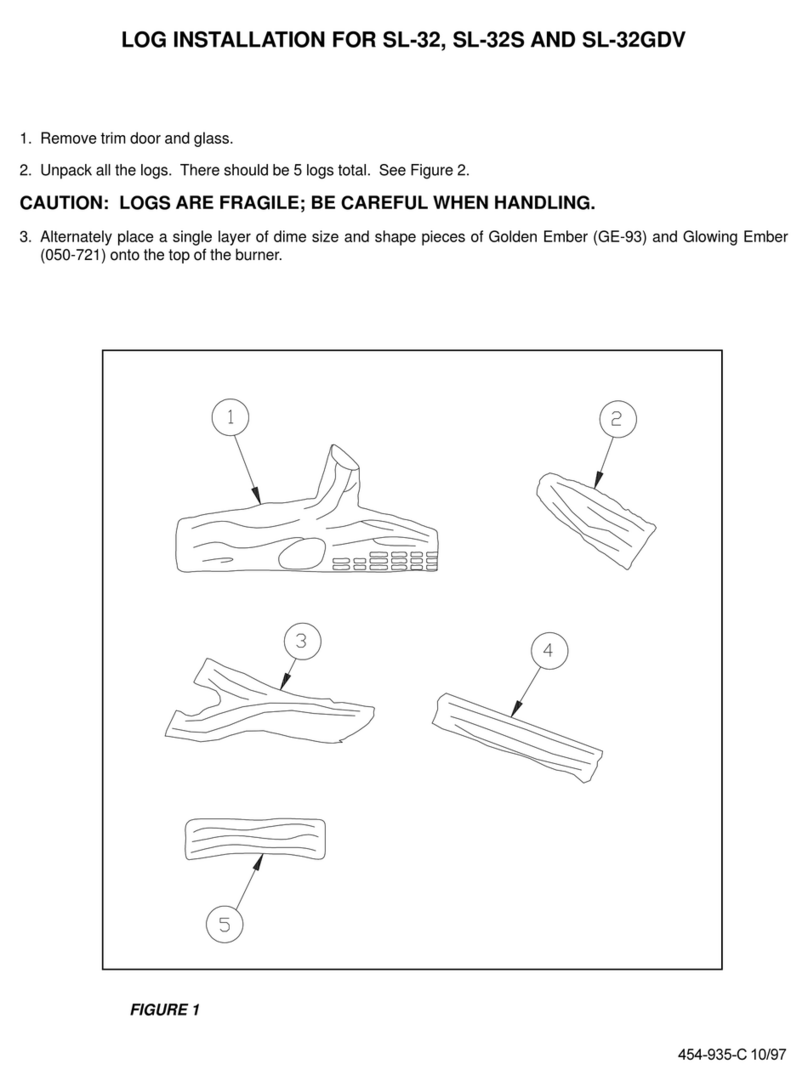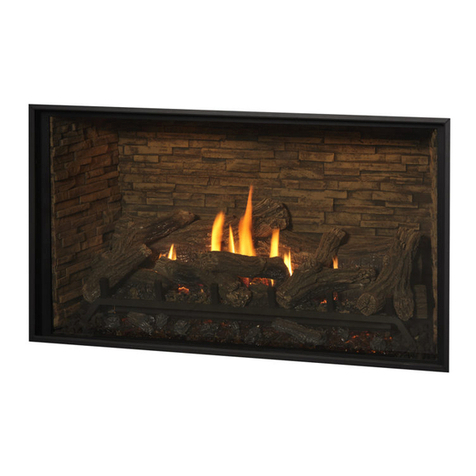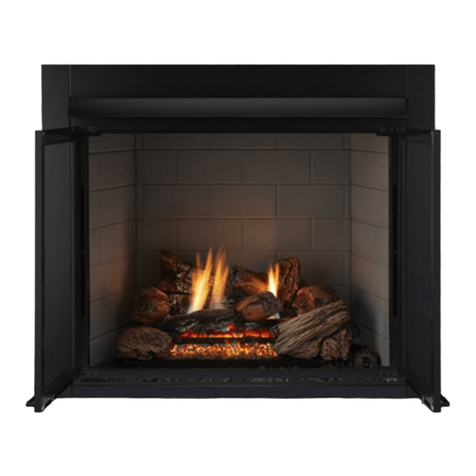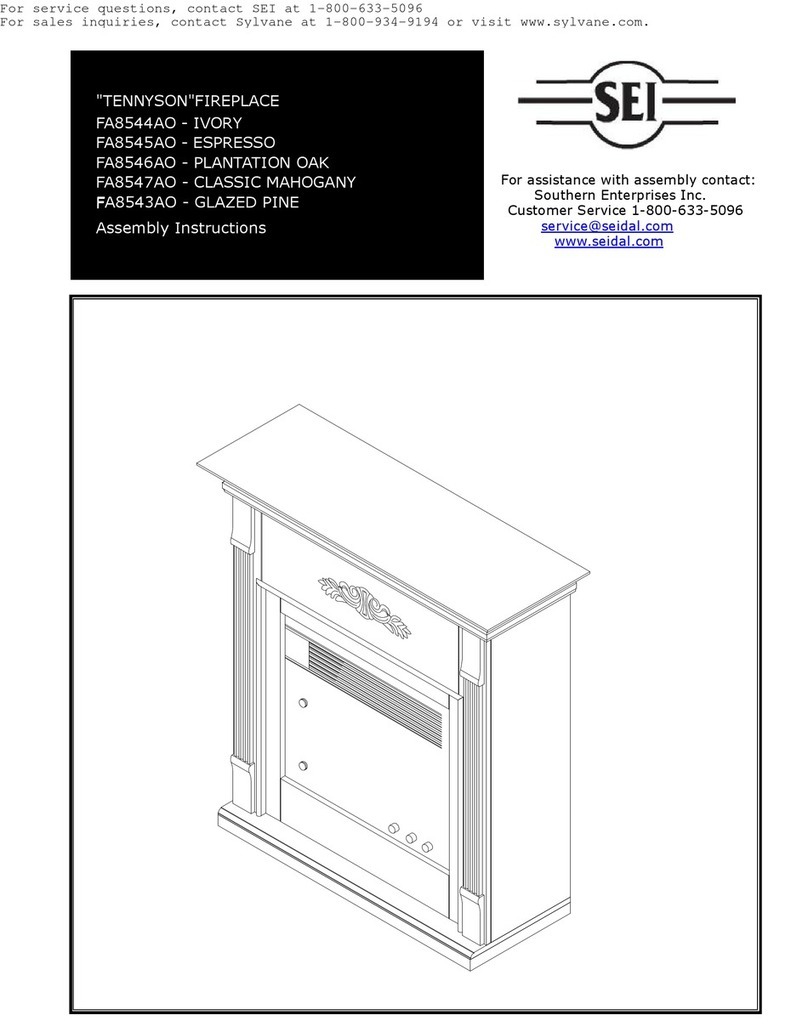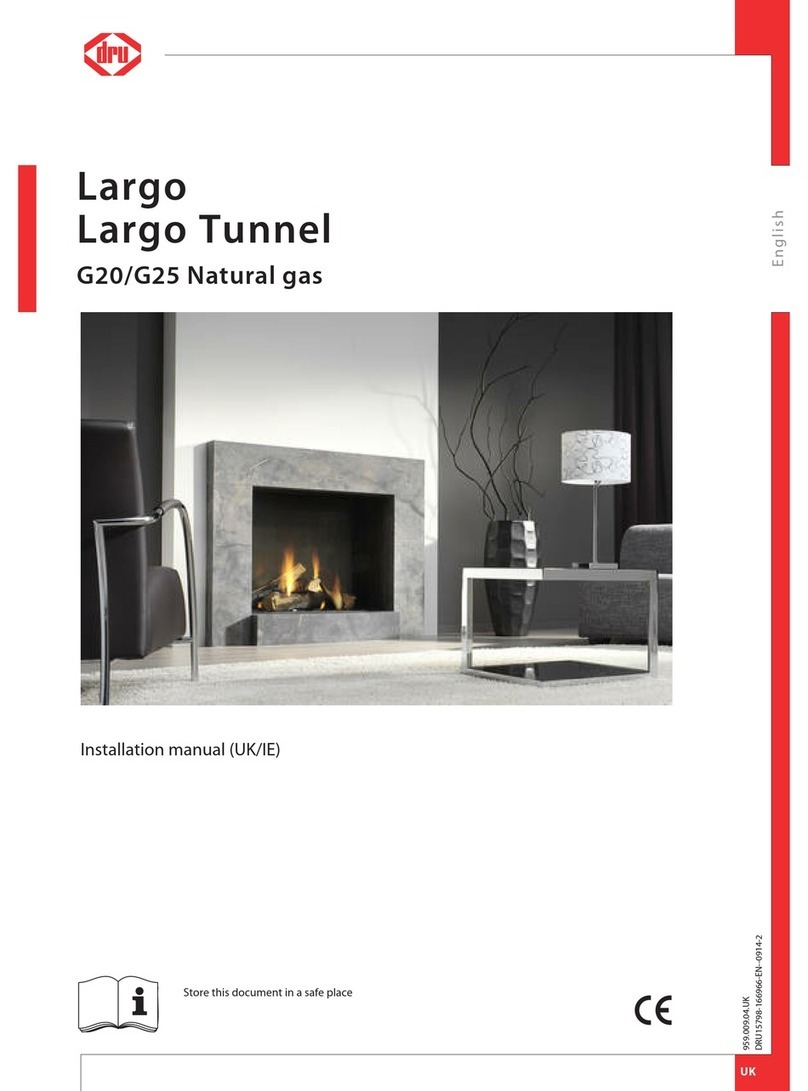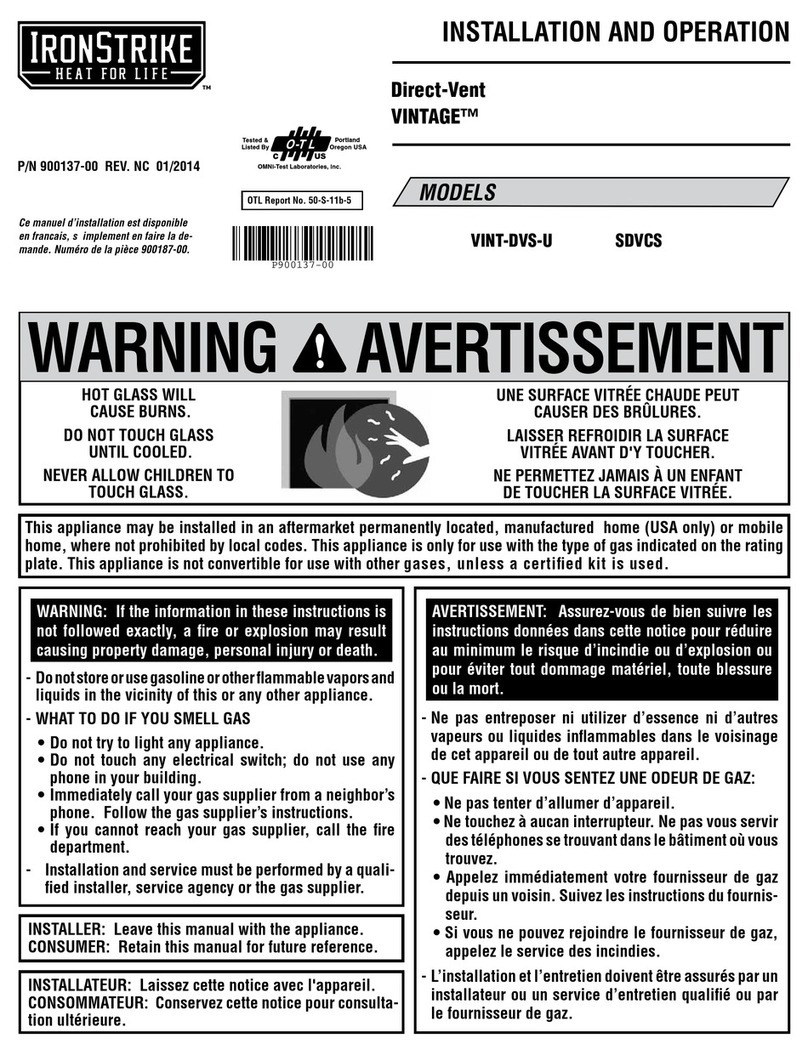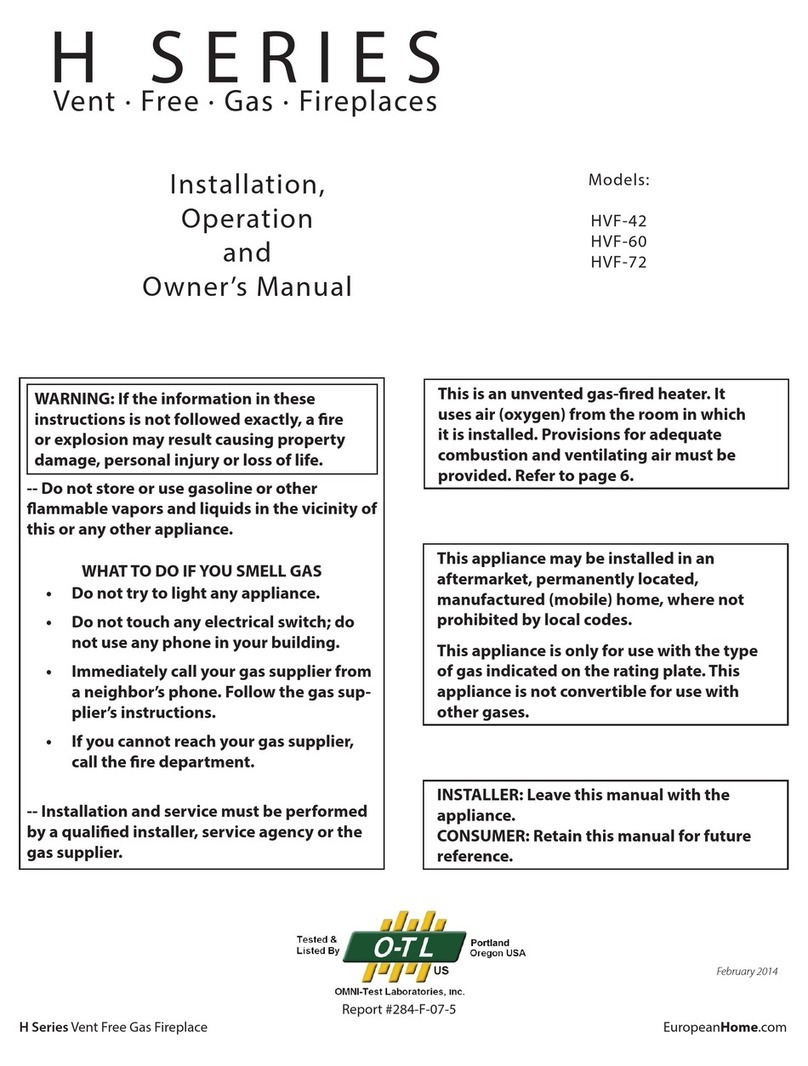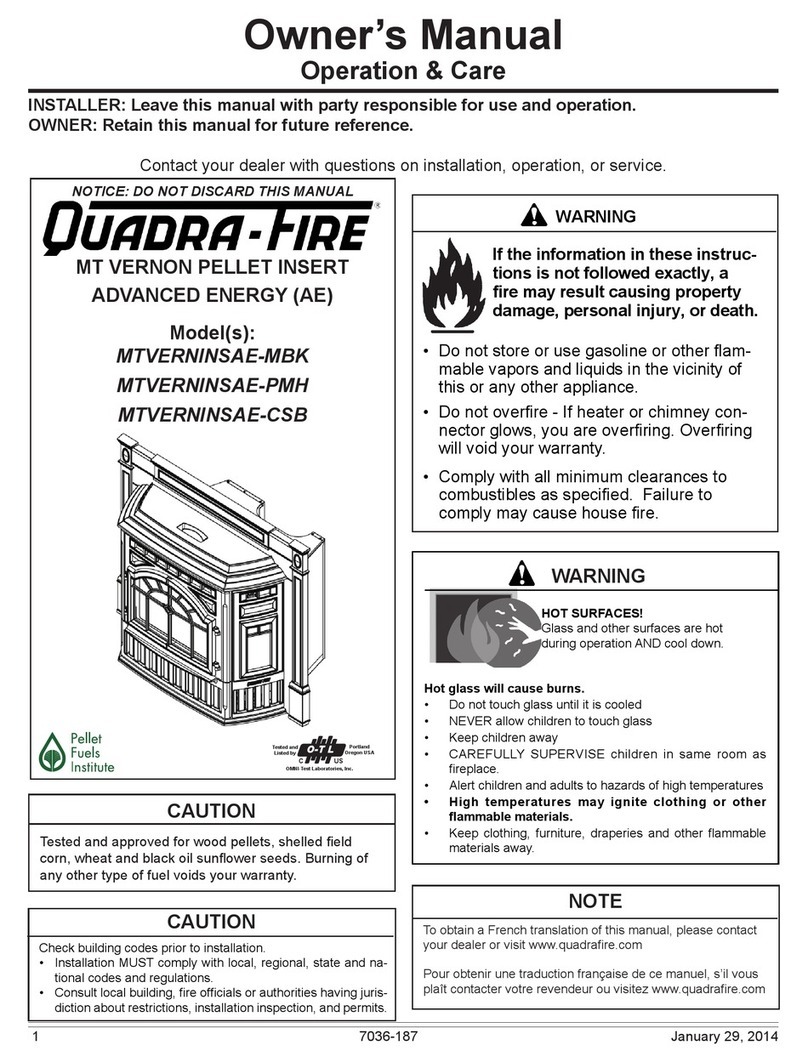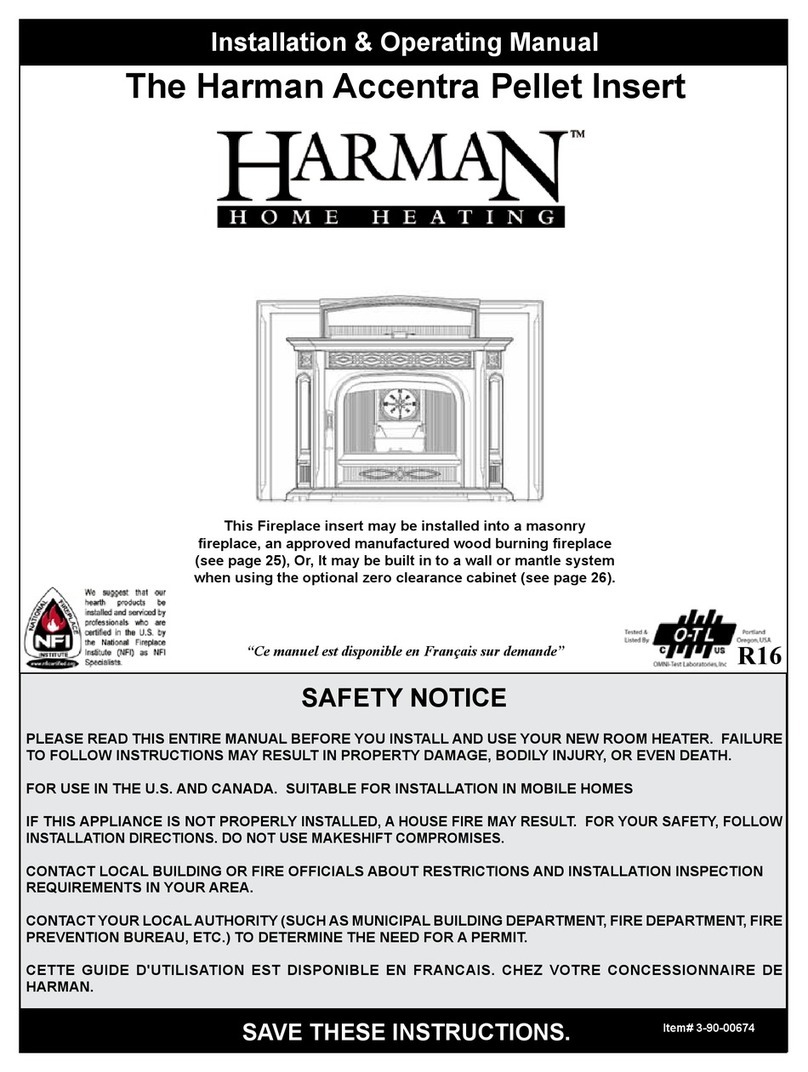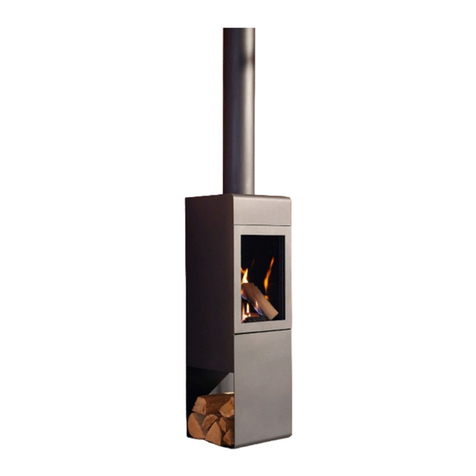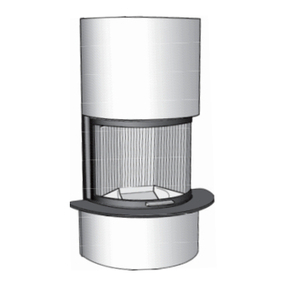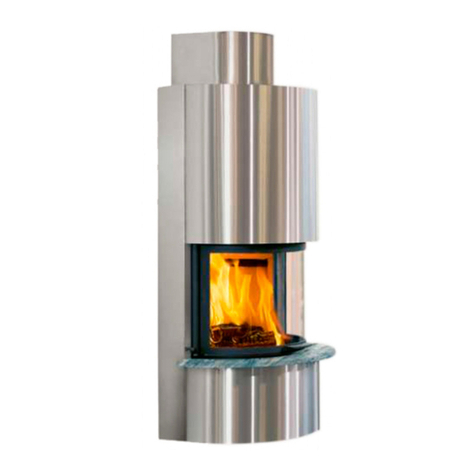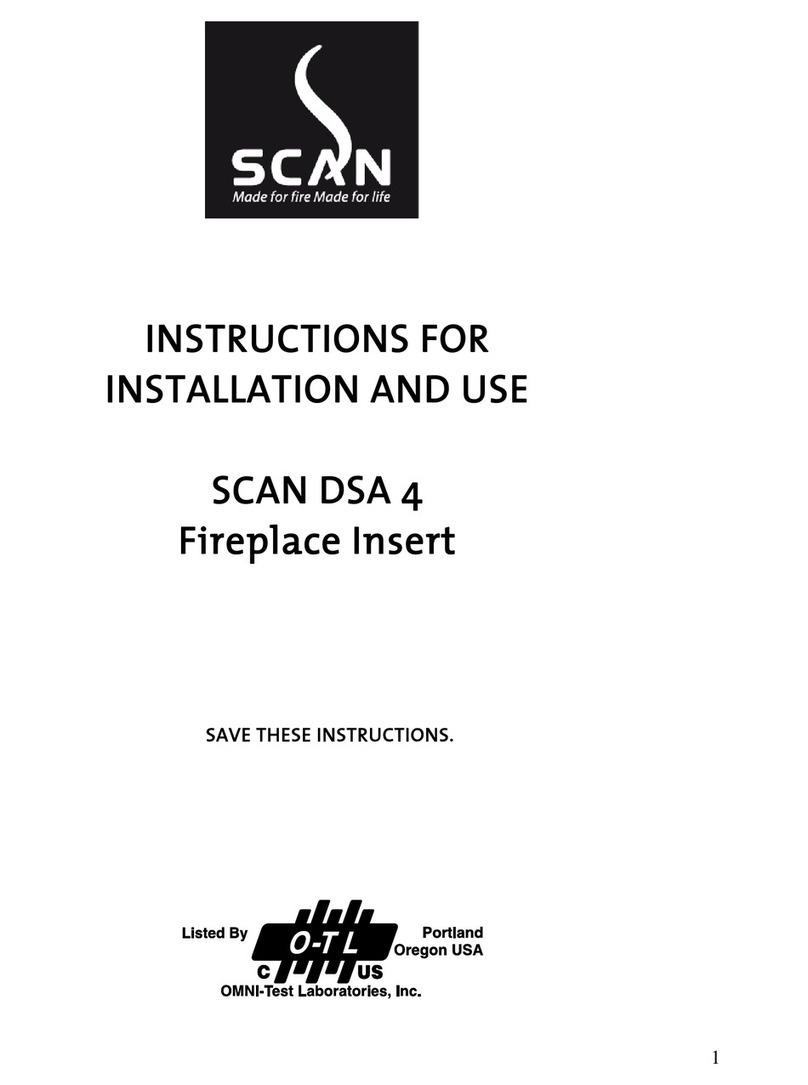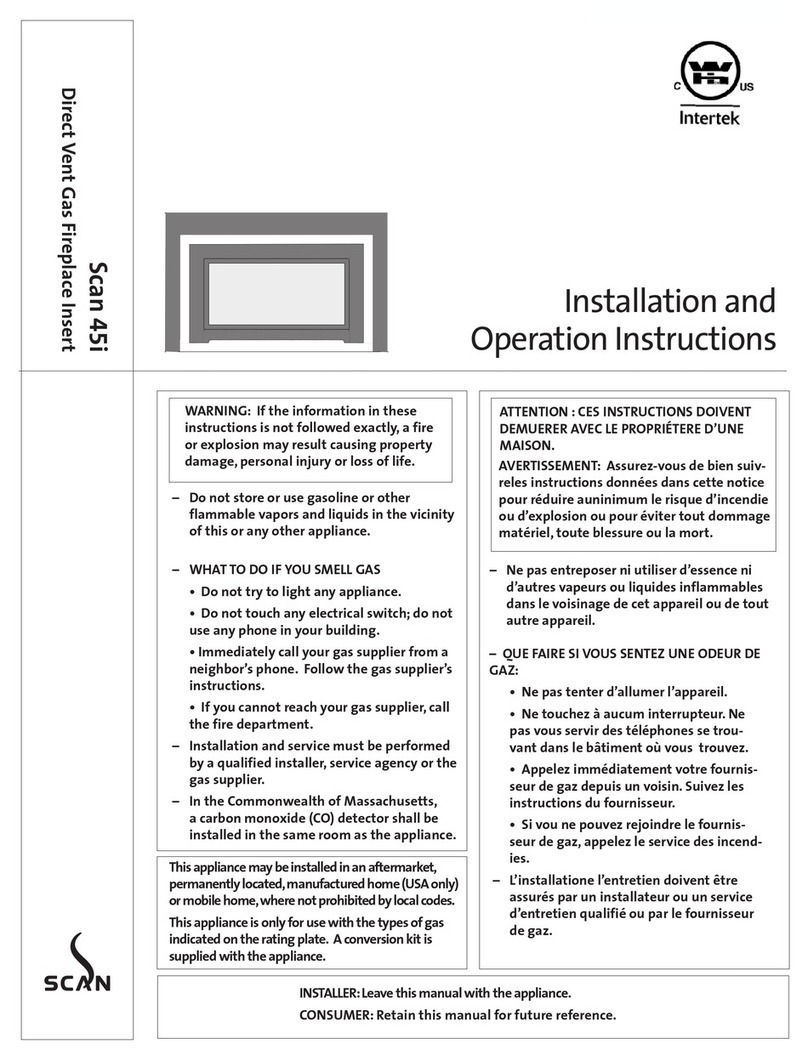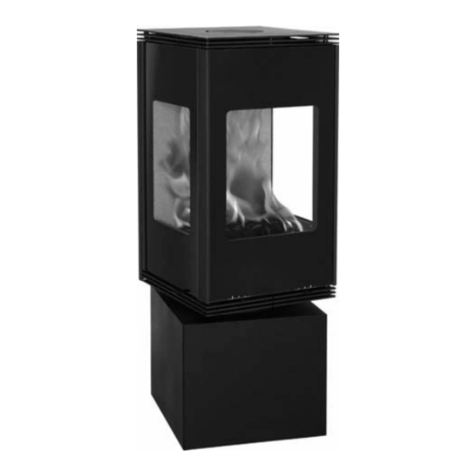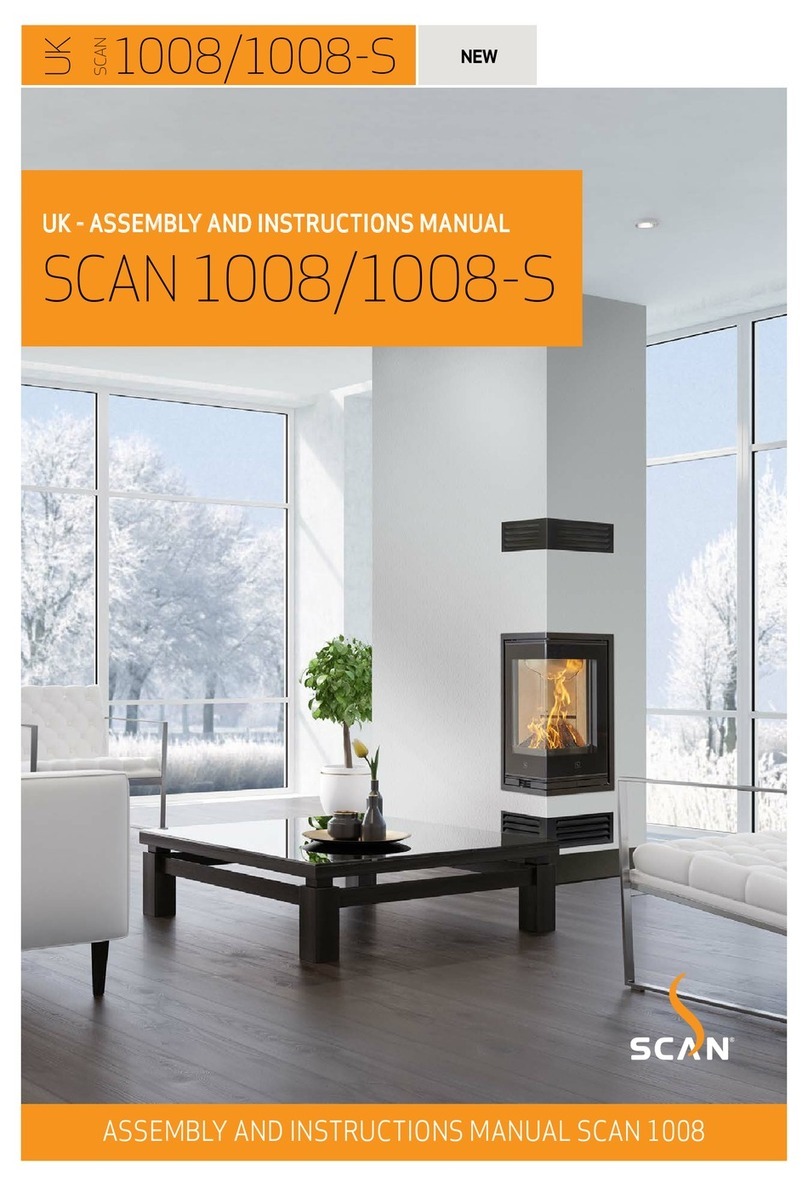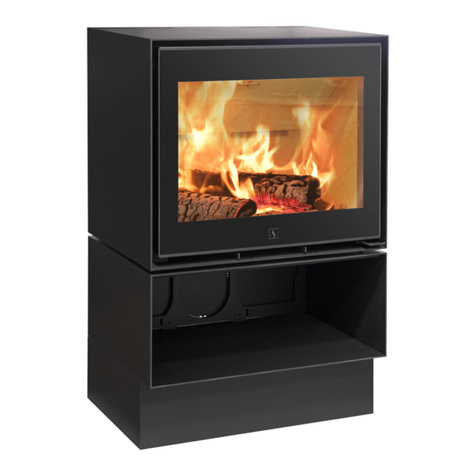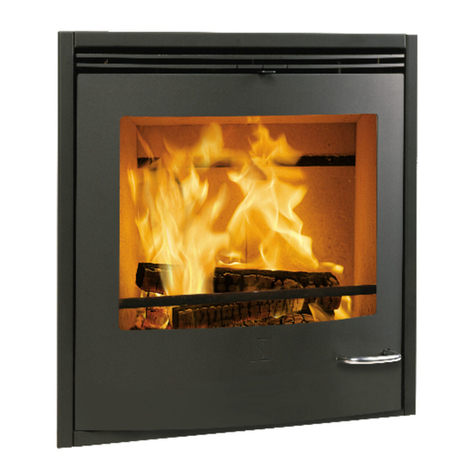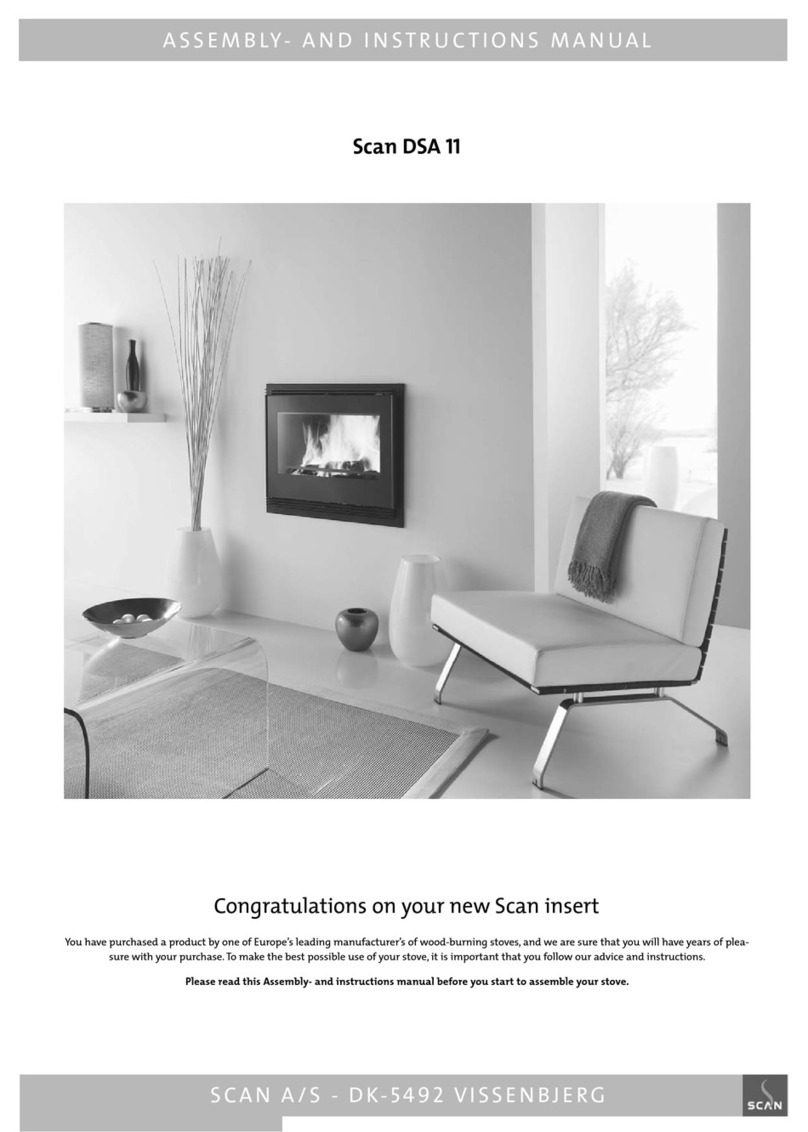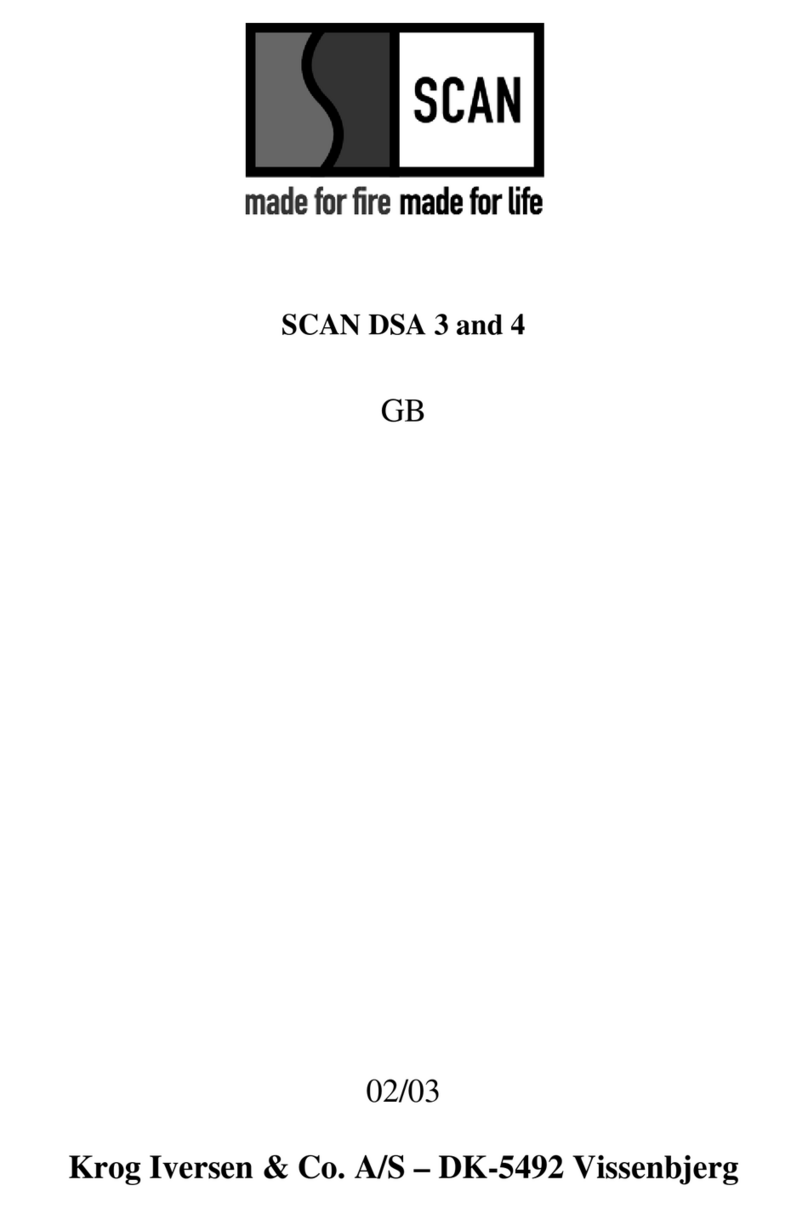
10
NAVN:
STI:
DIMENSION:
MATERIALE: DATO: SIGN:
Krog Iversen & Co A/S
DK-5492 Vissenbjerg©
TG.NR:EMNE:
C:\Working Folder\Designs\Scan 66\90066019.idw
90066019
Scan 66 med topafgangsrør
06-08-2014 HMS
Scan 66
VÆGT:
AREAL:
N/A
N/A
DISPOSAL OF PACKAGING
Your Scan stove may come supplied with the following packaging:
Wood packaging The wood packaging can be reused and after final use can be incinerated as a CO2neutral
product or sent for recycling.
Polystyrene top Send for recycling or waste disposal
Foam Send for recycling or waste disposal
Plastic bags Send for recycling or waste disposal
Stretch/plastic film Send for recycling or waste disposal
EXISTING CHIMNEY AND PRE-FABRICATED ELEMENT CHIMNEY
If you intend to connect your stove to an existing chimney, it makes sense to contact an authorised Scan dealer, or a local chimney
sweep, for advice. These experts will also let you know if your chimney needs renovating.
¬ When connecting a pre-fabricated element chimney, follow the manufacturer’s connection instructions for the relevant
chimney type
CONNECTION BETWEEN BUILT-IN STOVE AND STEEL CHIMNEY
Your Scan dealer, or local chimney sweep, can advise you on choosing a make and type of steel chimney. This ensures that the
chimney will match your wood-burning stove.
REQUIREMENTS FOR CHIMNEY
The chimney must have a minimum internal diameter of 148 mm and have a T400 designation, with G for the soot fire test.
The length should be min. 4 metres.
If you opt to connect the stove with an elbow pipe, you should use a curved elbow, as this gives a better
draught.
If you connect the stove with a sharp elbow pipe, the cleansing lid must be placed in the vertical
part so that the horizontal part can be cleaned through here.
If the chimney is fitted with a smoke extractor, it must be possible to adjust it to a suitable draft.
The requirements to the chimney and the flue pipe in terms of safety distances must be met.
¬ Choosing the wrong length or diameter of chimney could impair functionality
¬ Always comply exactly with the instructions provided by the chimney supplier
FRESH AIR INTAKE
In a well-insulated house, the air used up by the burning process has to be replaced. This particularly applies to houses with
mechanical ventilation. There are different ways of making sure that an air exchange takes place. The most important thing is to
ensure that there is a supply of air to the room where the wood stove is located. The external wall vent must be located as close
to the wood stove as possible, and you must be able to close it when you are not using the wood stove.
National and local building regulations must be followed with regard to the connection of fresh-air intake.
